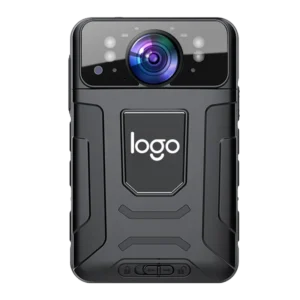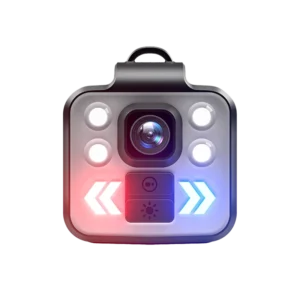How recording technology protects officers, ensures accountability, and builds public trust in the justice system.
Body:
In an era of heightened public awareness and demands for transparency, documenting law enforcement activities has never been more critical. For bailiffs and judges enforcing court orders, body-worn cameras (BWCs) have emerged as indispensable tools—safeguarding both justice and those who uphold it. As a frontline bailiff in a grassroots court, I’ve witnessed firsthand how BWCs reshape enforcement integrity. Here’s why they matter:
- Ensuring Accountability & Fairness
When bailiffs activate BWCs during operations, every action and word is recorded. This creates an objective oversight mechanism:
Self-Regulation: Officers instinctively maintain professionalism, knowing their conduct is documented.
Combatting Bias: Reduces discretionary enforcement, ensuring consistent, protocol-driven actions.
Deterring Malicious Conduct: Subjects hesitate to provoke or falsely accuse officers when aware of recording—fostering respect for judicial authority.
The result? Transparent, civilized enforcement that builds public confidence.
- Shielding Officers from False Claims
Violent or non-violent resistance during enforcement remains a global challenge. In rural cases, for instance, locals may obstruct proceedings to “protect their own,” escalating tensions through:
Physical aggression or deceptive provocations.
False allegations against officers if situations sour.
Without evidence, bailiffs and judges risk career-damaging accusations. BWCs change this:
They capture objective, real-time evidence of resistance, aggression, or false narratives.
This protects officers’ reputations and ensures truth prevails in disputes.
In short: BWCs turn “he said/she said” into verifiable fact.
- Defusing Tensions & Resolving “Enforcement Impossible” Dilemmas
Enforcement officers often operate in volatile environments where:
Low legal literacy enables subjects to manipulate bystanders.
Minor missteps by officers can spark public backlash.
BWCs act as impartial witnesses:
Displaying footage to misinformed crowds instantly clarifies context.
Subjects reconsider obstruction when confronted with recorded proof of their actions.
Officers regain control of chaotic scenes, transforming standoffs into orderly procedures.
The outcome? Smoother operations and fewer dangerous escalations.
Conclusion: More Than Equipment—A Catalyst for Trust
Body-worn cameras transcend mere technology. They are:
✅ A Mirror reflecting procedural justice.
✅ A Shield guarding officers against injustice.
✅ A Bridge fostering public understanding.
For courts worldwide, adopting BWCs isn’t optional—it’s essential for credible, safe, and effective justice. When every frame upholds truth, everyone wins.




